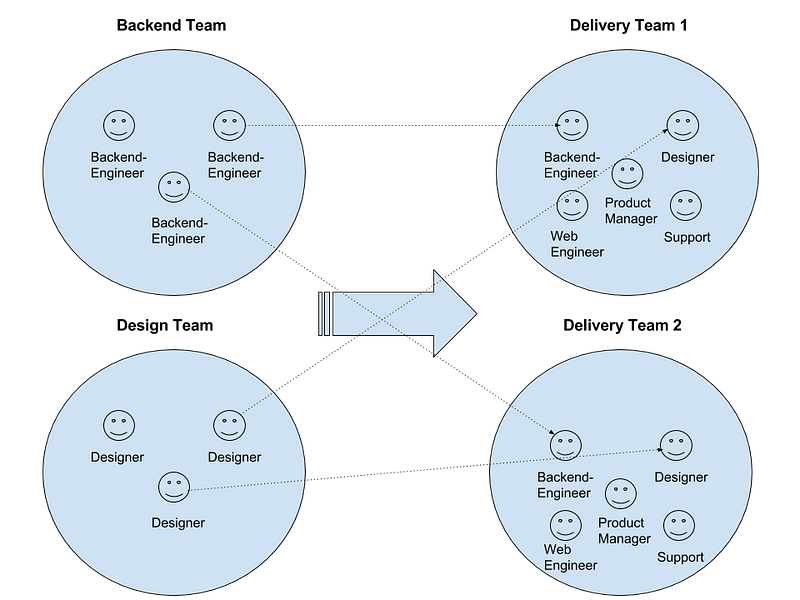
For the last few years, I’ve been working with and studying some of the best teams in the world; Red Arrows teams, SAS and US Navy SEAL units, Racing yacht crews, a Formula One pit crew, etc. I set out to study teamwork. In particular, I wanted to know how these teams have become world class. In the course of my studies, I identified six common characteristics, which differentiated these incredible teams.
Interestingly, I didn’t set out to study world class leadership. However, when I found world class teams, I also found world class leadership (I know, I probably should have expected that!). So, as well as studying teamwork, I also began to look at the characteristics that differentiated world class leadership. One of the most powerful insights that I discovered is this…
Great Leaders Ask Great Questions.
In fact, the great leaders that I encountered often didn’t provide any answers! Instead, they realise that the group has the potential to generate a better answer than they could on their own. It’s a principle that James Surowiecki outlines in his book, Wisdom of Crowds. When I shared this idea at an educational conference last year, a Head Teacher responded by saying, “That’s rubbish. Are your trying to tell me that Einstein should ask his class for the answer, and that the class will have a better answer than Einstein?”. “No”, I said, “Einstein is part of the class. So by engaging the class you get Einstein plus the class, not instead”.
Knowing that great leaders ask questions is one thing. Knowing what constitutes a ‘Great Question’, is another. So, what makes a question ‘Great’?
Here are some of my thoughts and reflections…
To me, ‘Great Questions’ are simply the right question, asked at the right time. To ask great questions, we need to understand the problem we’re trying to solve and where we are in the process. Do we need to ask a strategic question, or a tactical question, or one that’s related to implementing and executing a plan?
Strategic Question – Why?
Tactical Questions – What? …. How?
Action & Implementation Questions – Where? …. Who? …. When?
Very simply, it makes sense to understand why we are doing something (and whether we should be doing it), before deciding what we’re doing or how we will do it? Equally, it makes sense to know what we’re going to do, before deciding who will do it, when and where.
To me, ‘Great Questions’ are also well defined and simple. Sometimes it takes time and thought to frame a question well. The world class leaders that I saw at work often ask simple questions, which engage their team to collectively solve a problem. Some of the most powerful questions I’ve heard simply begin with the words, “How could we…?”.
To find out more, read Stronger Together; How Great Teams Work and hear from world class leaders sharing their wisdom on Be World Class TV.
By: Simon Hartley, Founder of Be World Class.





